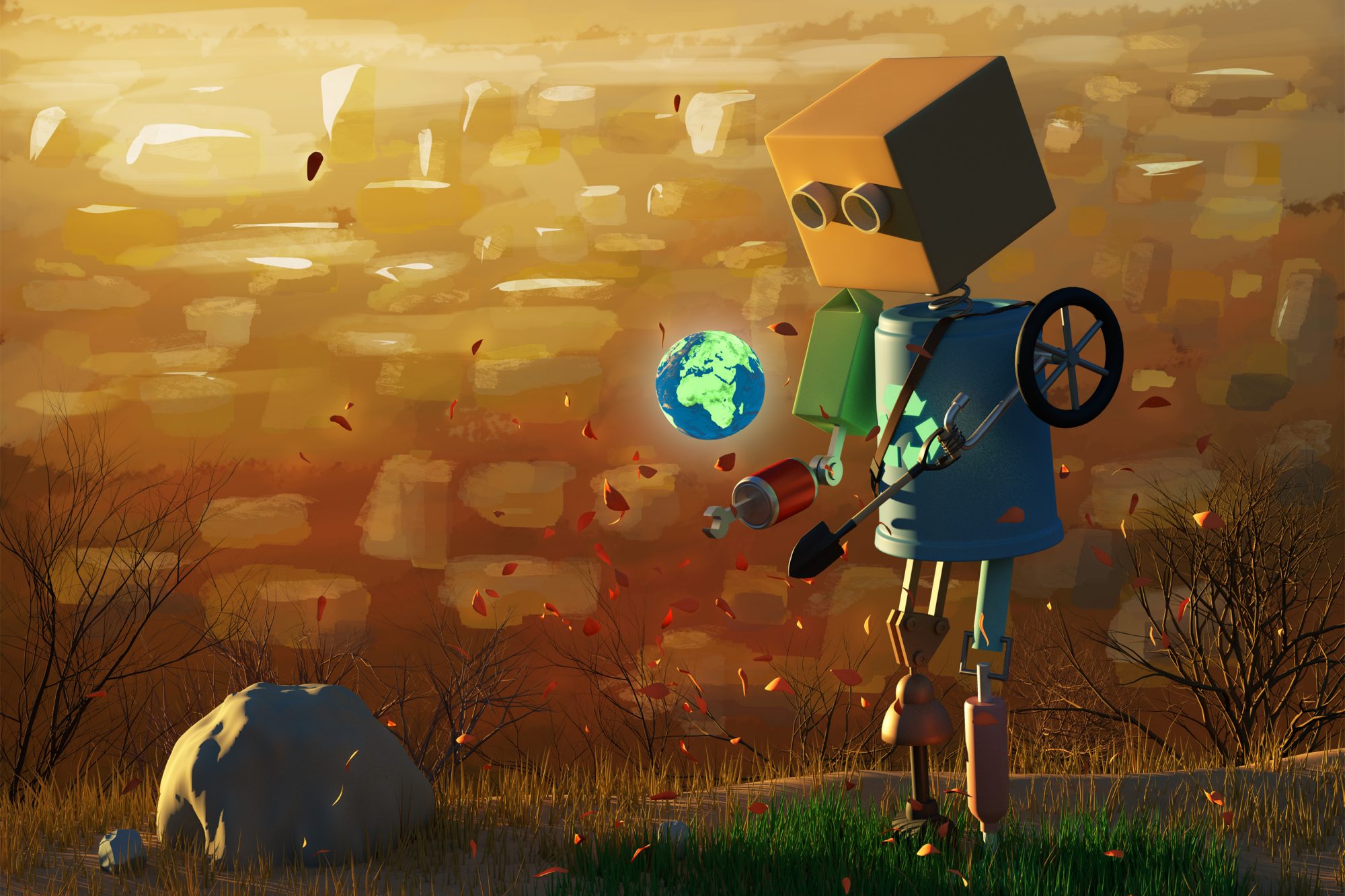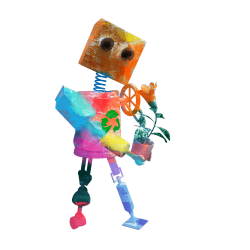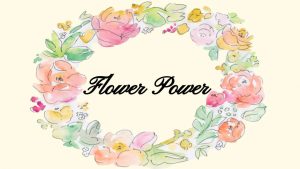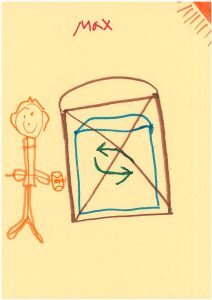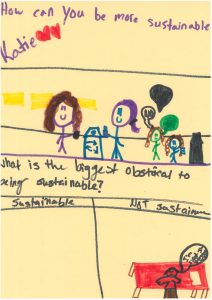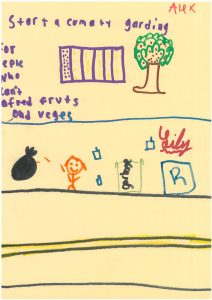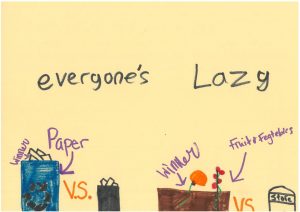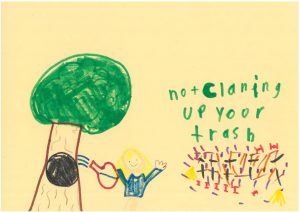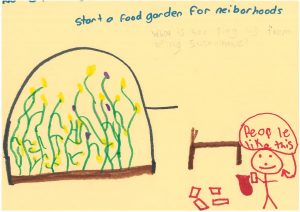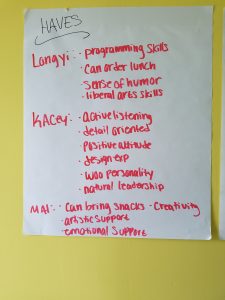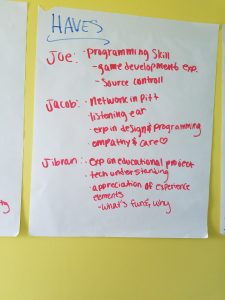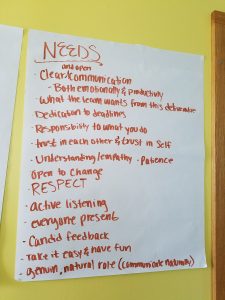This week was a mad dash to complete all of our concept work so that we can move into production next week.
The first few days were spent finalizing the mechanics of our current iteration. We eventually locked on a game where four players work together to recycle waste and create new items for the city, building up into edicts to reduce the amount of waste the city produces. We landed on our mechanics after using Sabrina Culyba’s Transformational Game Framework.
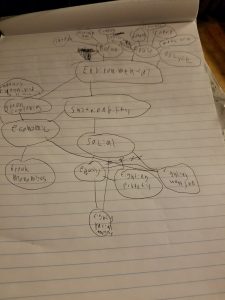
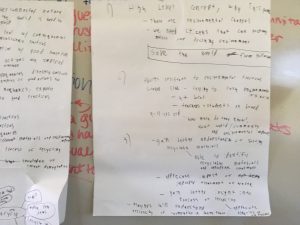
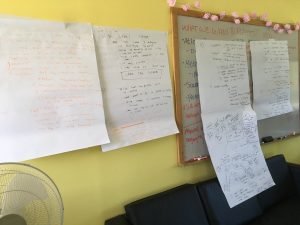
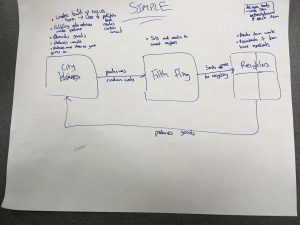
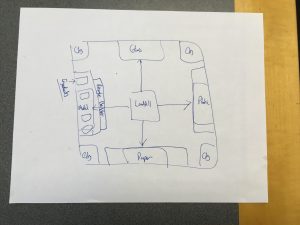
We playtested this concept on Wednesday with the Steenrod Green Team, and they had an absolute blast! It was great to see the children running around shouting to try and sort their waste, but there was one big problem: we’re only human. Because our game uses a few interlocking systems, without a computer to automatically distribute waste, convert waste, deal with pollution and edicts, and manage verifying proper recycling, we had to do all of that, and even with three of our team managing the gameplay, it was too much for us to manage. This means that we need to develop our digital prototype ASAP so that we can see if the fun remains the same and so that we can balance the mechanics better. This is definitely a frightening thing, but hopefully, our talents will enable us to quickly get this game developed.
Since we saw such a positive response with this game we decided that it would be our final concept. Now we just needed to iron out the details and start building. We debated whether trading between players should be special roles (flingers) that get waste from their respective bases (one of four players playing a recycling center) or if everything should be managed by the bases. We debated if trading should be done with QR code scanning, NFC communication, or a network-facilitated drag-drop interface. Since NFC is locked behind Apple Pay on iPads and it isn’t even available on the iPads that Steenrod has, and since we decided to scope our experience to be four players each controlling a recycling base and trading between themselves, we set on using the networked drag-drop approach. We began to research how to implement this as well as begin to design our UI, since that will be majorly important in letting the players know what they can do and what they are supposed to do as well as just facilitate the overall experience.
But now that our concept is set, production can, and has, started in earnest.
